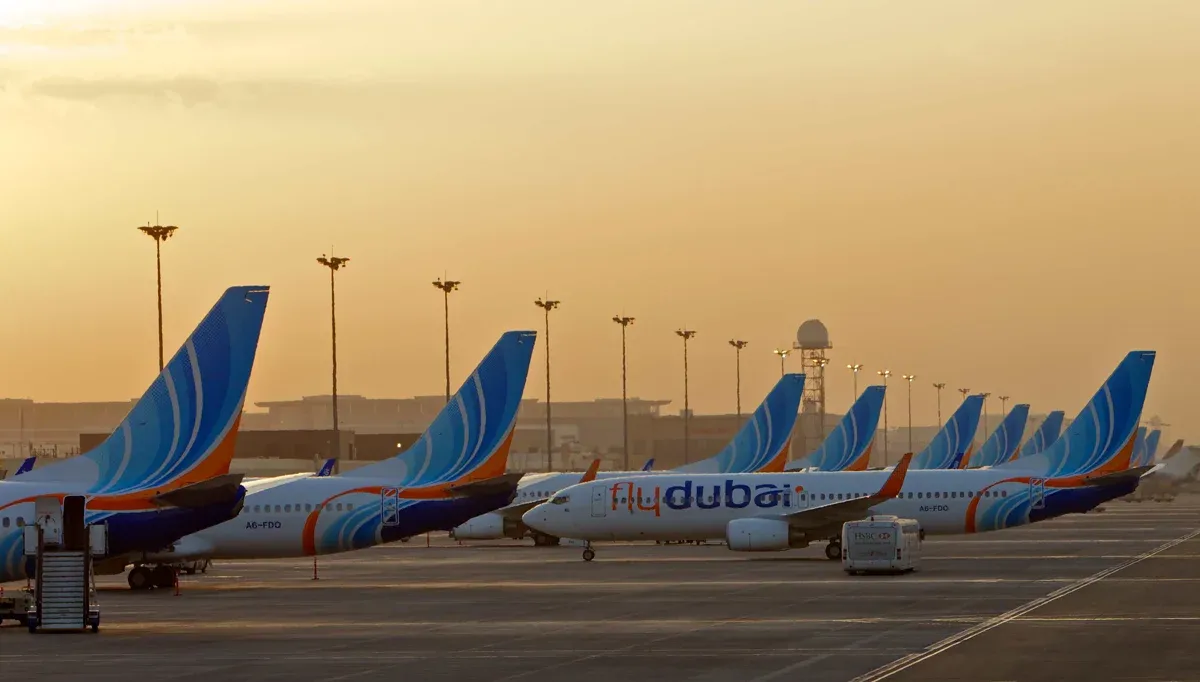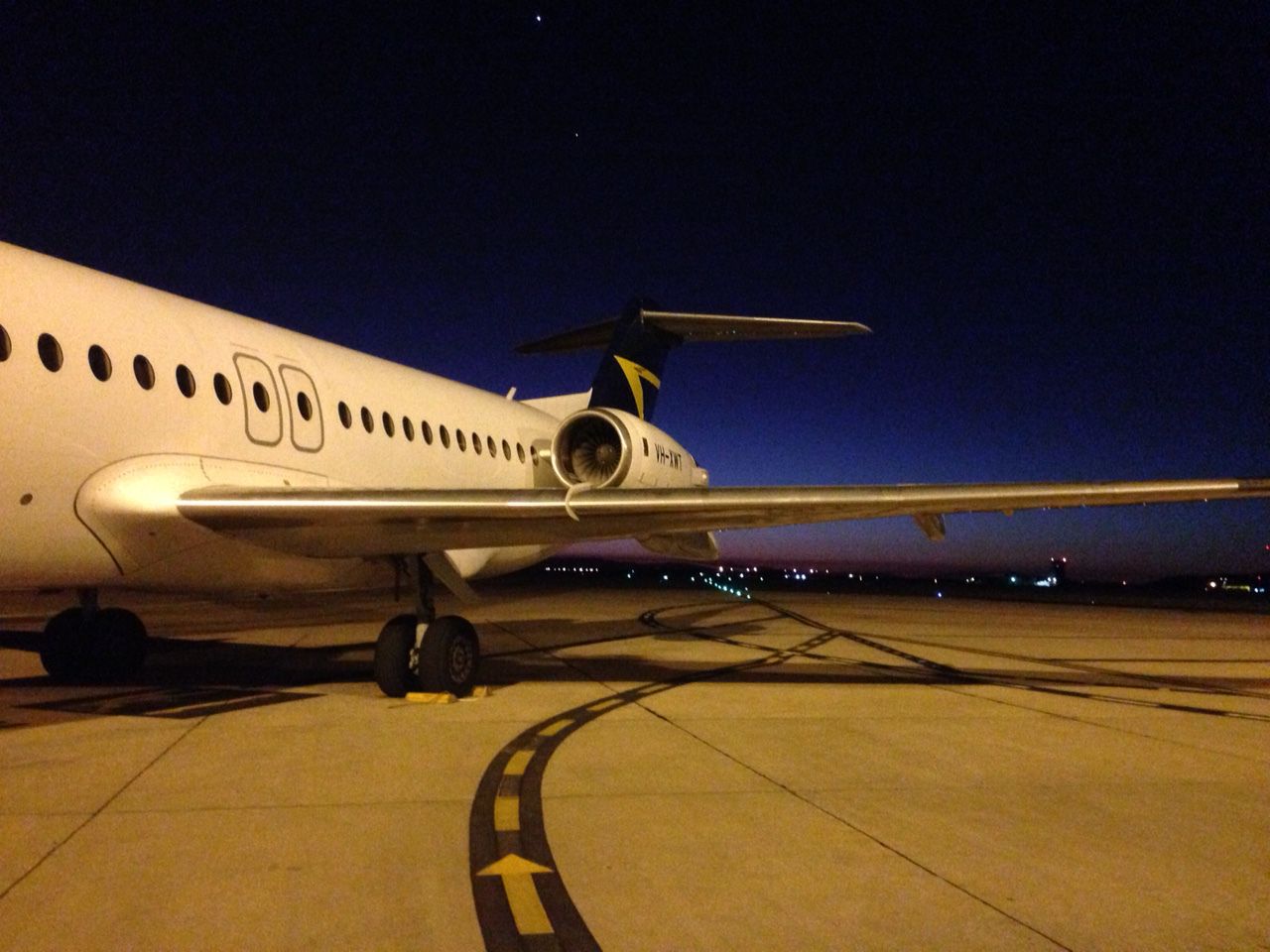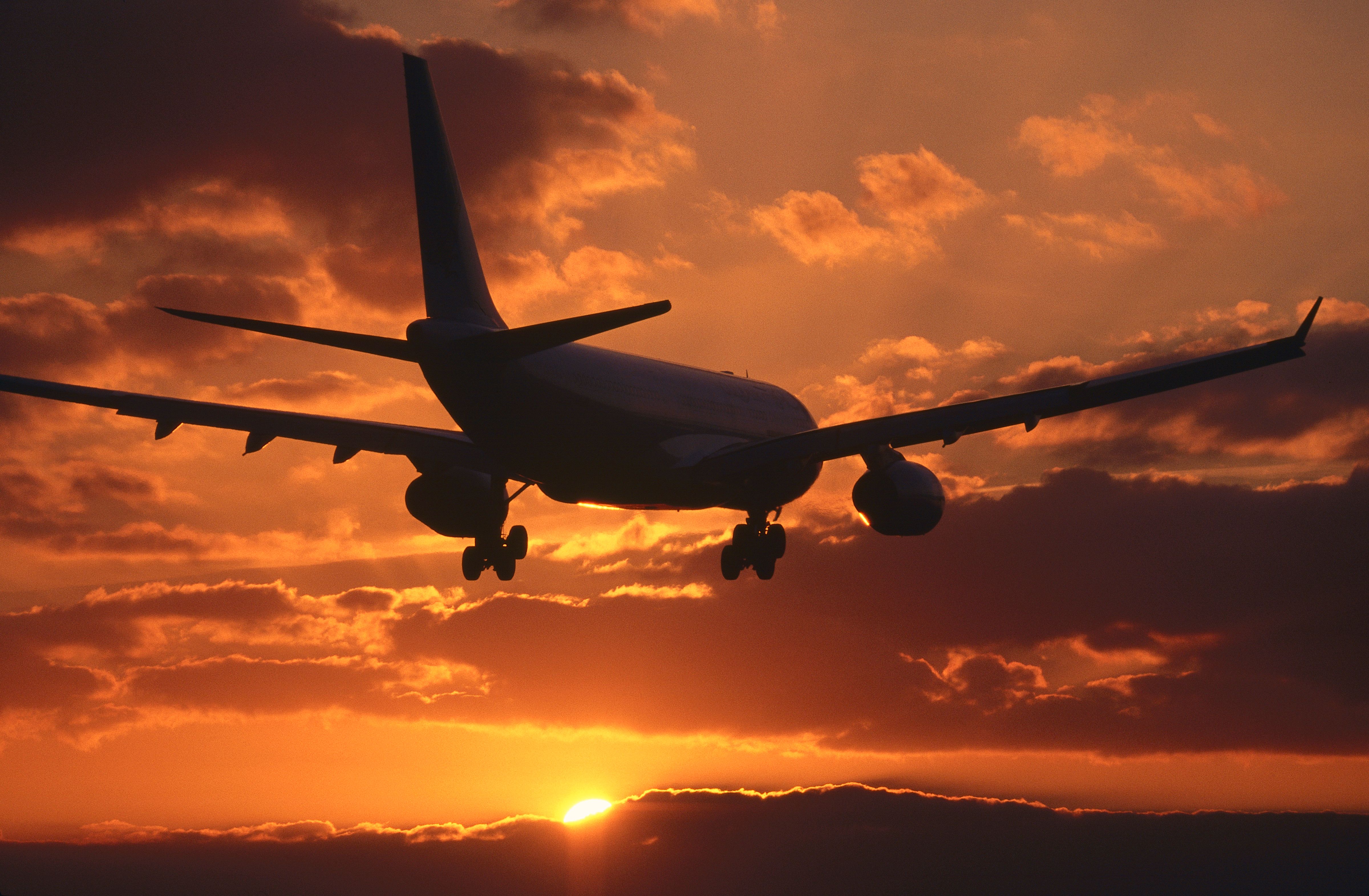There are so many myths about flying on board an aircraft, thanks to social media and the film industry, that the commercial passenger may be concerned about their next flight. Here we dispel some of the myths and tell you the truth about flying.
10 The Bermuda Triangle
Back in the day, there were tales of ships and planes mysteriously going missing in this area of the Caribbean, and therefore, airlines now avoid it. Of course, this is completely fictional and became an urban legend after the stories were emphasized in the 1950s and 1960s. Pilots do not avoid this area, and it's not considered dangerous to fly through it.
9 Cabin air
It has always been accepted that cabin air is bad and spreads sickness - a notion not helped by the pandemic. However, aircraft have filters that are of a similar standard to those in hospitals. Bacteria, viruses and dust are extracted, making the air extremely clean. Air is pumped from the ceiling and sucked out again under the window seats. Around 40% of cabin air is filtered through this system, the remaining 60% is fresh from outside, and the cabin air is changed approximately every three minutes.
8 Lavatory waste
We've all heard stories of people finding frozen blocks of lavatory waste in their back gardens. This is a myth. Lavatory waste is collected in tanks on the aircraft and then siphoned off once the aircraft has landed. The vehicle that performs this is affectionately known in the business as the 'honey truck.'
7 Alcohol in the air
Passengers tend to feel drunker on an aircraft than they do on the ground and think this is due to the alcohol being stronger. However, this is the result of the cabin pressure and lower levels of oxygen in the bloodstream, which makes it so that one gin and tonic may feel like three in the air. The alcohol itself is not stronger.
6 Losing an engine
Of course, for a passenger, that an engine is not functioning is not something they want to hear, and some assume that the aircraft will crash. In fact, all twin-engined aircraft can fly safely, take off and land on one engine. It is usually not a serious issue, and pilots are well-trained to deal with this.
5 Aircraft fly themselves
With so much emphasis these days on automation, you'd be forgiven for thinking that pilots barely fly the aircraft and the aircraft computer does all the work. It is true that most modern commercial aircraft can auto-land and fly on auto-pilot, but automation has to be commanded by the pilots in the first place, so the aircraft does not fly itself.
4 Lavatories can be dangerous territory
There have been stories that passengers have partially been sucked into an aircraft lavatory. These are operated by a vacuum system and draw anything inside down into the tank. If you flushed the lavatory whilst seated, there would have to be a perfect seal between the person and the seat, which is extremely unlikely to happen.
3 In an accident, you won't survive
Most aviation accidents are survivable. In fact, research shows there is a 95% chance of survival. This is down to aircraft design, that the aircraft can be evacuated in 90 seconds and that pilots and cabin crew are well-versed in what to do in an emergency. The risk of flying has decreased considerably over the years, and it is the least risky mode of transport.
2 Turbulence causes crashes
Turbulence can be unpleasant at times, but as long as you are seated with your seat belt on, you are safe. Turbulence rarely causes an aircraft to crash. It is completely normal and is just a change in the air around the aircraft. If you feel anxious, check out the best seats on the aircraft to deal with turbulence.
1 Doors can be opened in flight
An aircraft door cannot be opened in flight as the cabin is pressurized in the air. The door acts as a plug making the door impossible to open. Of course, on the ground, the door can be opened normally.



